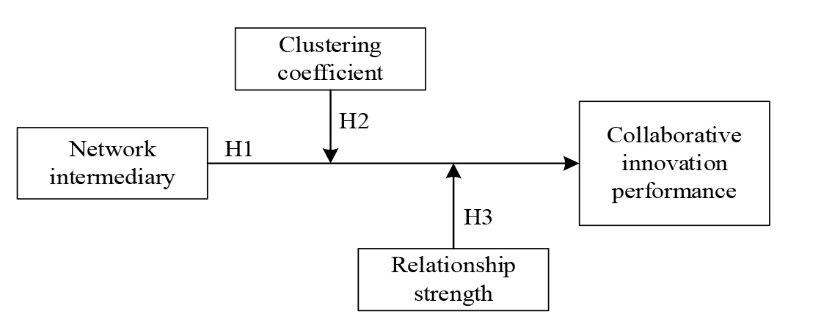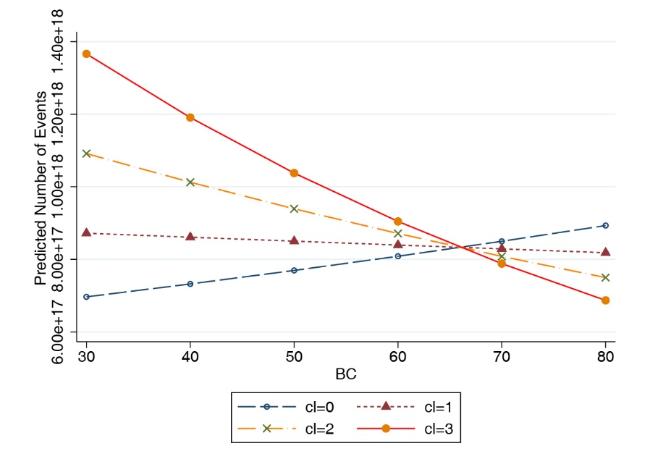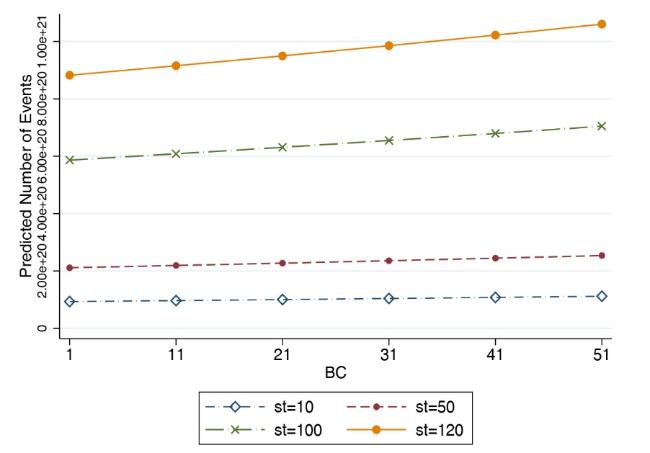Empirical research underscores the role of collaborative R&D in helping firms transcend their resource constraints and leverage external knowledge, leading to what is now known as open innovation (Karamanos,
2016). In the context of open innovation, firms form collaborative networks by engaging with external partners, such as suppliers, customers, universities, and research institutions. These networks facilitate the exchange of resources and knowledge, helping companies overcome barriers to innovation. By actively collaborating, firms can co-develop technologies, access specialized expertise, and diversify their innovation portfolios, leading to more efficient and impactful innovation outcomes. In China, the increasing integration of enterprises with higher education institutions and government bodies under the triple helix framework (Jimenez et al.,
2024) has become more prominent. These collaborations, which are accelerated by a country’s rapid economic growth and innovation-driven strategies, play a pivotal role in enhancing firm competitiveness. Enterprises positioned at the center of this model not only participate in market competition, but also serve as intermediaries. By collaborating with universities and governmental institutions, they can access cutting-edge research, talent, and policy support, thereby transforming these resources into commercially viable products and services. Proactively engaging in or embedding collaborative innovation networks and interacting with partners within these networks to access indispensable innovation-related resources, knowledge has become a foremost strategic choice for enterprises to augment their competitiveness (Cheng et al.,
2022). Understanding the role of network intermediaries in collaborative innovation networks is crucial. These intermediaries facilitate knowledge flows, enhance connectivity among partners, and amplify innovation potential. Their positioning within the network can significantly influence firms’ innovation outcomes. This research explores how network intermediaries affect collaborative innovation performance in the context of Chinese listed companies. By examining the structural characteristics of these networks through social network analysis, we aim to unveil the intricate relationships between network properties and innovation performance.







